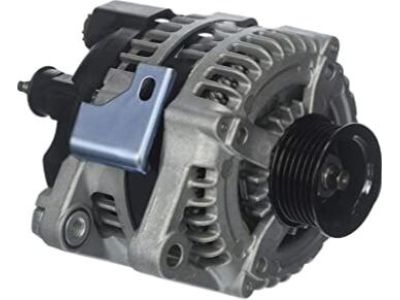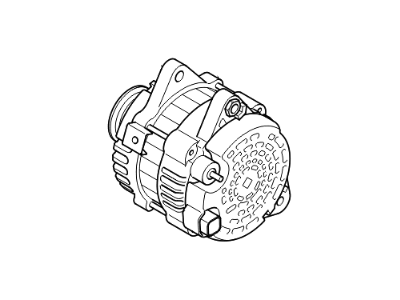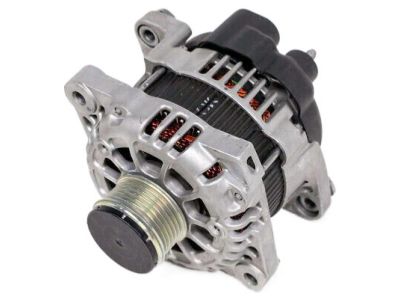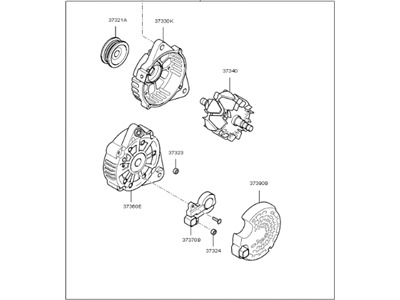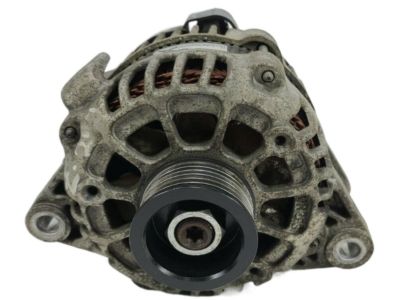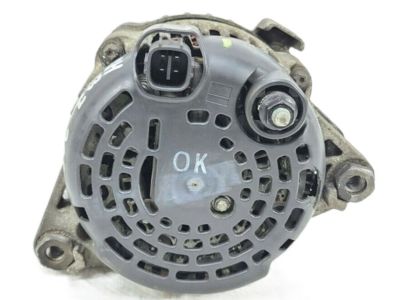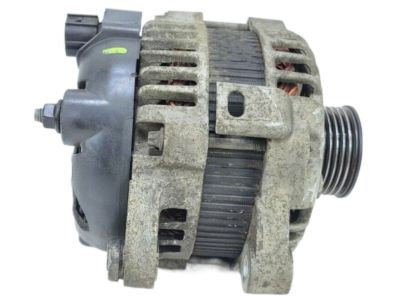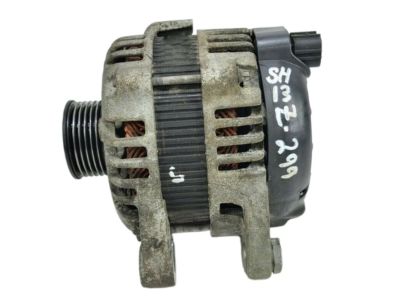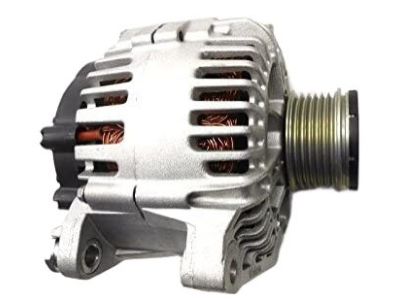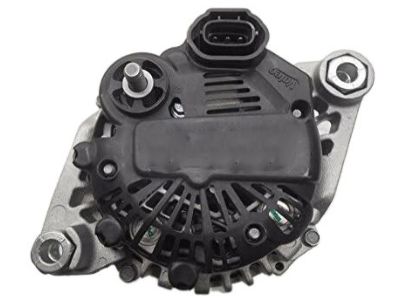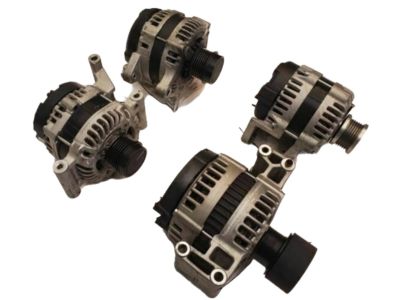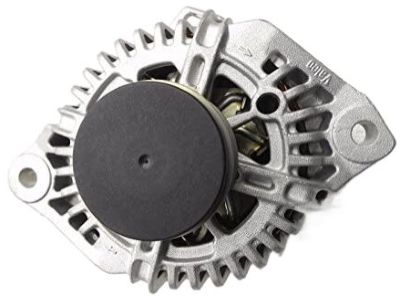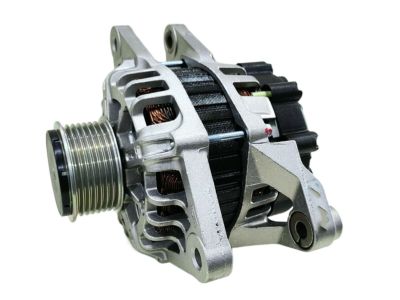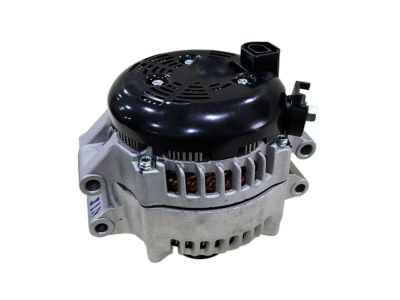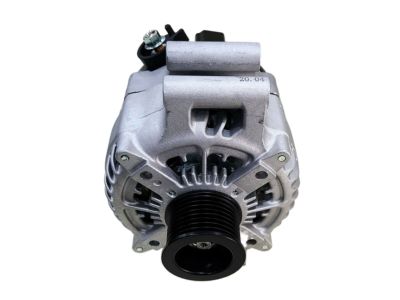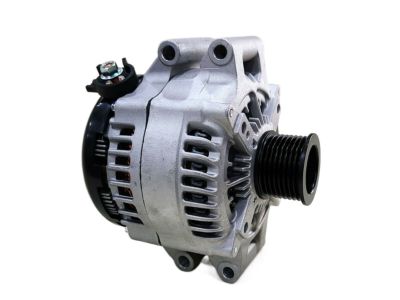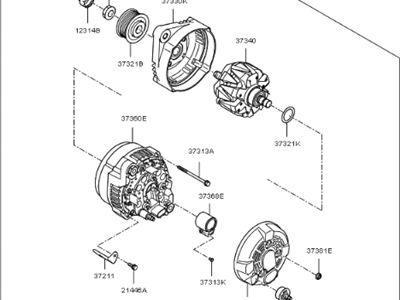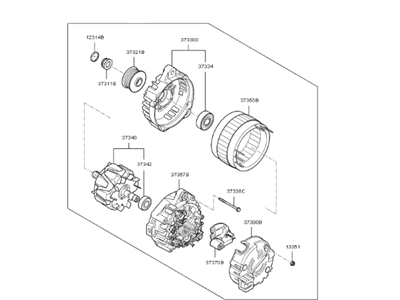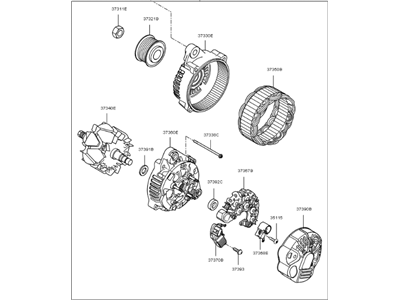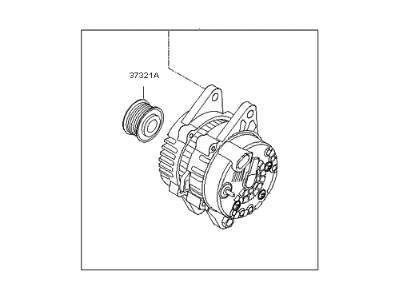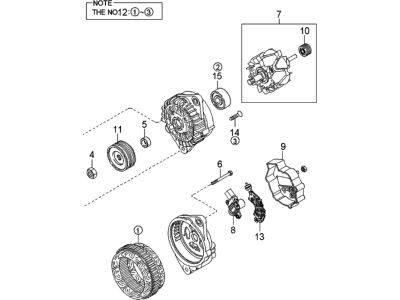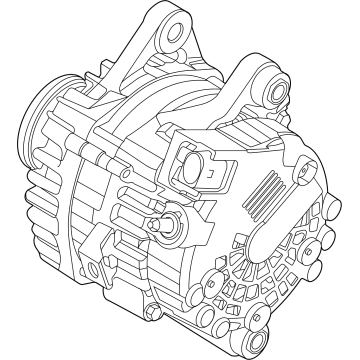×
- Hello
- Login or Register
- Quick Links
- Live Chat
- Track Order
- Parts Availability
- RMA
- Help Center
- Contact Us
- Shop for
- Kia Parts
- Kia Accessories

My Garage
My Account
Cart
Genuine Kia Sorento Alternator
Generator- Select Vehicle by Model
- Select Vehicle by VIN
Select Vehicle by Model
orMake
Model
Year
Select Vehicle by VIN
For the most accurate results, select vehicle by your VIN (Vehicle Identification Number).
13 Alternators found

Kia Sorento Generator Assembly
Part Number: 373003C510$575.91 MSRP: $823.90You Save: $247.99 (31%)Ships in 1-3 Business Days
Kia Sorento Alternator Assembly
Part Number: 373002G950$458.82 MSRP: $660.37You Save: $201.55 (31%)Ships in 1-3 Business Days
Kia Sorento Generator Assembly
Part Number: 373003C610$575.91 MSRP: $823.90You Save: $247.99 (31%)Ships in 1-3 Business Days
Kia Sorento Alternator Assembly
Part Number: 373002G600$471.40 MSRP: $692.22You Save: $220.82 (32%)Ships in 1-3 Business Days
Kia Sorento Generator Assembly
Part Number: 373003L050$255.31 MSRP: $356.87You Save: $101.56 (29%)Ships in 1-3 Business DaysKia Sorento Generator Assembly
Part Number: 373003C120$483.84 MSRP: $692.19You Save: $208.35 (31%)Ships in 1-3 Business DaysKia Sorento Generator Assembly
Part Number: 373002G800$490.88 MSRP: $720.82You Save: $229.94 (32%)Ships in 1-3 Business DaysKia Sorento Generator Assembly
Part Number: 373002G850$469.52 MSRP: $660.37You Save: $190.85 (29%)Ships in 1-3 Business DaysKia Sorento Generator Assembly
Part Number: 373002G900$485.61 MSRP: $694.72You Save: $209.11 (31%)Ships in 1-3 Business DaysKia Sorento Alternator Assembly
Part Number: 3730039450$255.31 MSRP: $356.87You Save: $101.56 (29%)Ships in 1-3 Business DaysKia Sorento Alternator Assy
Part Number: 373002SGC1$491.57 MSRP: $721.84You Save: $230.27 (32%)Ships in 1-3 Business DaysKia Sorento Alternator Assy
Part Number: 373002SGD1$455.93 MSRP: $656.20You Save: $200.27 (31%)Ships in 1-3 Business Days
Kia Sorento Alternator
If you're in search of top-notch, reasonably priced OEM Kia Sorento Alternator, then you've found the perfect spot. Our website boasts an extensive inventory of Kia Sorento Alternator, all priced at the market's premier price. Rest assured, every genuine part we offer comes with a warranty straight from the manufacturer.
Kia Sorento Alternator Parts Questions & Experts Answers
- Q: How to replace an alternator in a Kia Sorento?A:Take out the lug nut connected to the negative terminal of the battery and detach the cable from it. undefined Note: In these models, access is usually very limited. Since it will be necessary to get to it, some of the elements will have to be disassembled. These components are not standardized across models. Remove electrical connectors from the alternator. Bolt is located on the top of the alternator, and the solution is to unscrew it and take out the alternator. When buying an alternator, it is important to take the old alternator with you in case you are replacing it. Ensure that the new or rebuilt unit has the same specifications as the old one, specifically the alternator. Check the terminals-the number of terminals, their size and the places where they should be immobilized should correspond to the number, size and places of the terminals of the old alternator. Finally, consider the identification markings-these will be either stamped into the housing itself, or else they will be printed on a tag or plaque that has been fixed to the housing. Ensure that these numbers are the same for both alternators. If the replacement alternator does not come with a pulley installed then you may need to transfer the pulley from the damaged unit to the replacement unit. In case of purchasing a new or rebuilt alternator, one should enquire about the pulley swapping policy of the shop. In some shops, they will do this as a complimentary service. Removal is the opposite of installation. After the alternator has been fitted, read the voltage output to ensure that the alternator is functional.
Related Kia Sorento Parts
Browse by Year
2023 Alternator 2022 Alternator 2021 Alternator 2020 Alternator 2019 Alternator 2018 Alternator 2017 Alternator 2016 Alternator 2015 Alternator 2014 Alternator 2013 Alternator 2012 Alternator 2011 Alternator 2010 Alternator 2009 Alternator 2008 Alternator 2007 Alternator 2006 Alternator 2005 Alternator 2004 Alternator 2003 Alternator
